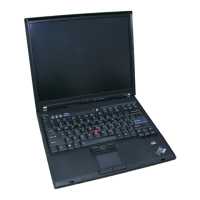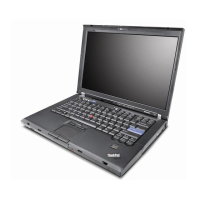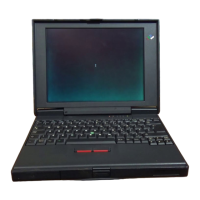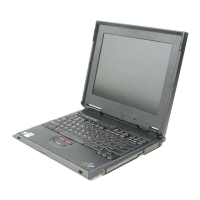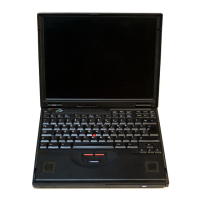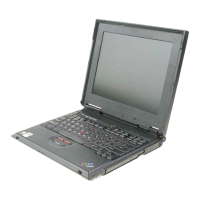TROUBLESHOOTING
INTERMITTENT
FAILURES
How
to
Use
This
Guide
Because this is a guide instead·
of
a MAP, you must
make. many decisions based on the information available
and the frequency
of
the failure. The
OR
circles on the
Failure Isolation Chart in this section indicate
that
type
of
situation.
Recommendations
on
Failure
Information
The following recommendations are given
to
assist you
in obtaining failure information. Their order
of
presentation has no significance.
• Determine the customer error code
if
possible. An
error code is normally more factual that the
operator's failure description. The descriptions
of
the
customer error codes are in
the
BASIC Reference
Manual,
SA21-9217, Appendix B and in the APL
Reference Manual,
SA21-9212, Chapter 11. Refer
to
Error
Codes
in
this section
for
error codes below 100.
Use these error code descriptions
to
aid you in
deciding which diagnostics
or
MDls
torun.
If
the failure appears
to
be
a printer or a tape
problem, record the status byte information. See
Printer Status Bytes Bit Descriptions or
Tape
Status
Byte Bit Descriptions
under Troubleshooting
Intermittent Failures
in this section. This information
will help you
to
isolate the failure and
to
determine
which
MOl
to
run.
3-76
• Have the customer record
as
much information as
possible when the failure occurs.
How
often does the machine fail?
Does the failure occur during one or many jobs
or
programs?
Does the failure occur in BASIC, APL,
or
both?
Does the failure occur
at
a particular time, such
as
when the machine is first powered up
or
after
it
is
warmed up?
Is the system configuration always the same
or
are
other devices attached when the failure occurs?
• Record any information on the previous items and
record any fixes in the space provided.
Notes
'\
."
...
/
,
"
,/
'
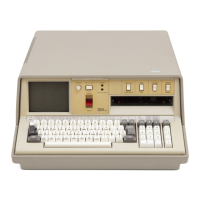
